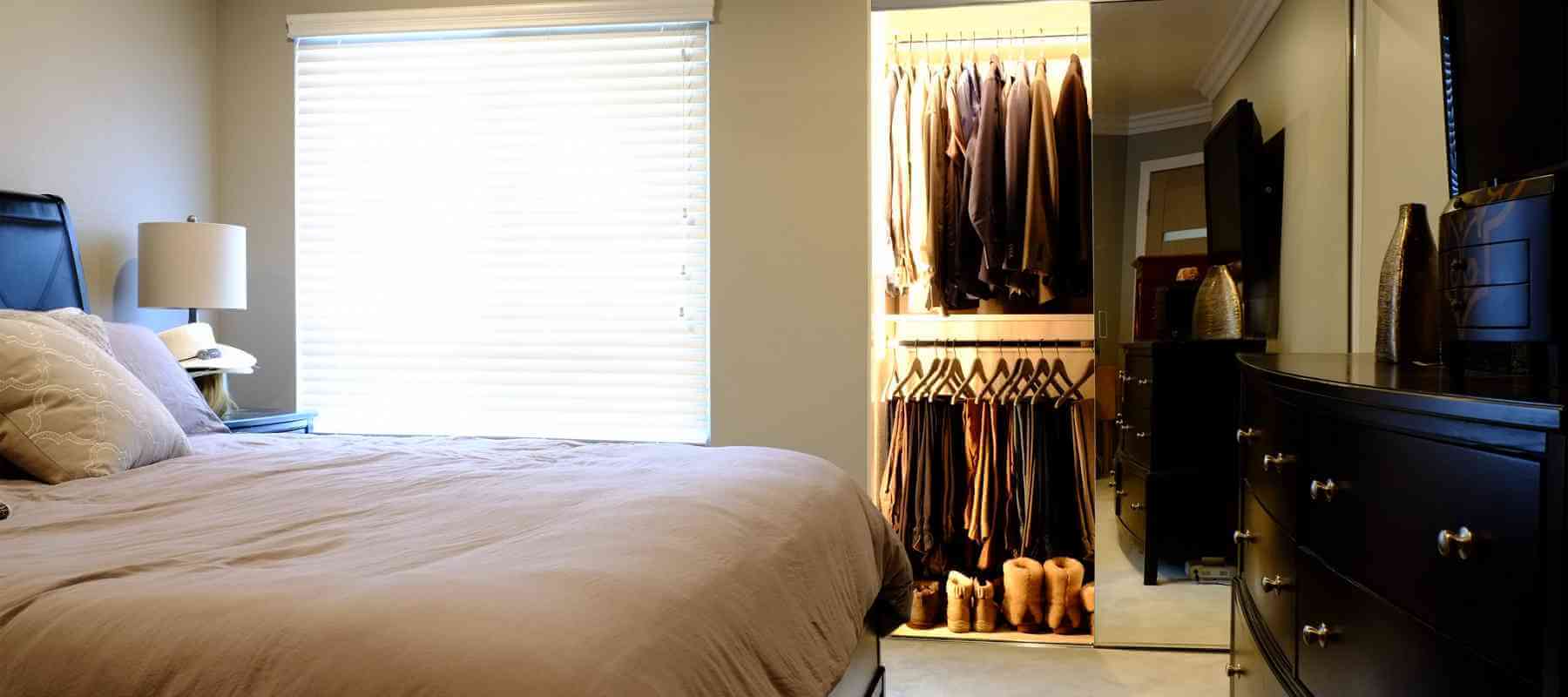Whether you live in a brand new construction, a remodel, an older home, manufactured home, townhouse, or apartment, you most likely all share this common complaint. Yet, when you’re searching for a home, it’s not likely even on your priority list. It’s usually not until you move in and start utilizing every nook and cranny of your home that you realize you have a problem - a fundamental design flaw. What is it? How do you solve it?
Searching In The Dark
If you’ve opened your storage, linen, broom, coat, or pantry closets to find there’s not a light, then you likely already guessed the fundamental design flaw. The overhead light is absent. Your shadow over the space blocks any light from the adjoining room. So, you’re left to either do calisthenics to let enough light through to locate what you’re searching for or grab a flashlight.
While it’s clear that lightening for such spaces is needed, homebuilders rarely include it in the design. It’s a literal corner that saves the builder a few bucks in an area they know most buyers and renters don’t usually inspect closely. You’re initially concerned with the space itself, not checking lightening, and most home showings occur during the day when there’s ample light to hide the design flaw. It’s not until you’re already living there that you realize you have a major problem.
If you’re lucky enough to be in the building process, speak with your contractor about adding lights in your small spaces. Don’t worry if your home is already built; you have a solution, too.
The Luminook System
Most small spaces don’t even have power outlets to install a plug-in light, right? Thanks to inventor Chris Stubbs, those with unlighted closets and pantries can finally have light they need without the cost for expensive renovations that often include hiring a contractor and electrician. Meet the Luminook System.
It uses a smart LED lighting strip. A removable lithium-ion battery operates the light controller.
You won’t have to search for the on-off button, either. This innovative lighting system automatically turns on when the sensors detect the door opening. As the door closes, the sensors automatically turn the lightening off. Nifty, right?
The thin strip of white LED lights are tuned to color temperature and are dimmable. They’re placed around the inside frame of the door opening. The controller’s sensors use door positioning to turn on and off, but these sensors also analyze the the ambient light conditions to determine the color temperature they provide in each situation.
3M adhesive strips are used to mount the light strips and controller. Renters can feel confident that no damage will be left behind to their unit. By not being a permanent install, you can also easily remove the system to take it with you if you decide to move.
How is the system powered? Closets that have an E27 light socket inside it already can still use the Luminook system. You’ll use the USB charger screw into the E27, which will then charge the battery pack through a slow trickle. Otherwise, you can use a USB AC adapter for the same charging purpose. Extra battery packs can be purchased so that you always have a charged battery ready to replace the depleted one.
Where can it be bought? This product was recently demonstrated at Consumer Technology Association’s 2020 CES event, which is the gathering stage to introduce next-generation inventors to the global marketplace. According to Stubbs, the product will hit the market sometime this year, and Luminook’s current Kickstarter campaign is doing very well.
As far as expected costs go, a single light controller, battery pack, charging cord, mounting clips, and 10-foot LED strip will cost $59.99. That kit covers a single door. A double-door kit will also be available for $69.99. It will include a second door sensor. Each extra battery will cost $19.99, and the socket adapter kit will cost $29.99.
In closing, this is a mobile and smart solution to a common lighting problem in homes of all types and ages. Do keep in mind that the Luminook System is specifically designed for shallow closets, not rooms or walk-in closets that already have a traditional overhead light.
